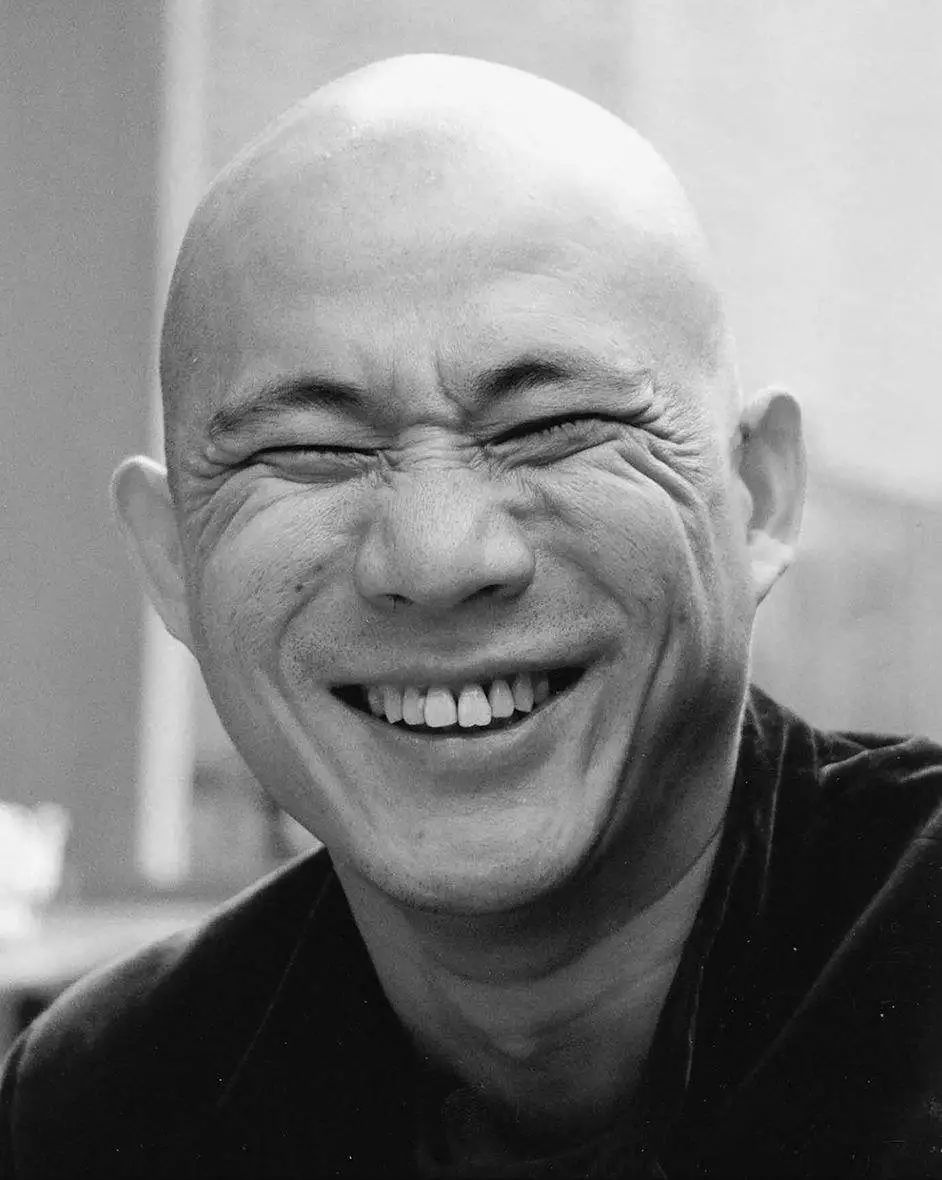Gallery Dynamic
Fang Lijun's NFT works are on sale on the encrypted art platform Outland
2022.02.22
Artists
Fang Lijun
Fang Lijun (b. 1963, Handan, Hebei) graduated from the Central Academy of Fine Arts, Printmaking Department in 1989. In July of the same year, he resided in the Yuanmingyuan area, becoming a key advocate of the "Yuanmingyuan Artists' Village." In 1993, he established the Songzhuang studio, contributing to the formation of the "Songzhuang Artists' Village." In 2014, he founded the "Archive of Contemporary Art of China," systematically organizing the development of Chinese contemporary art. Since 2004, Fang Lijun has been appointed as a guest professor and graduate mentor at more than twenty institutions, including the Central Academy of Fine Arts, Sichuan Academy of Fine Arts, Jingdezhen Ceramic University, Xi’an Academy of Fine Arts, Wuhan University, and Hubei Academy of Fine Arts.
Fang Lijun’s solo exhibitions have been held in major art institutions worldwide, including the Ashmolean Museum Oxford, Ludwig Museum, Stedelijk Museum Amsterdam, The Japan Foundation, Civic Gallery of Modern and Contemporary Art, and Musée Ariana, et cetera. Domestic retrospectives have been mounted at the Shanghai Art Museum, Hong Kong Arts Centre, Macau Museum of Art, Taipei Fine Arts Museum, Hunan Provincial Museum, United Art Museum, Minsheng Art Museum, and He Art Museum, among other significant venues. Additionally, he has been consistently invited by mainstream international exhibitions, such as the Venice Biennale, Gwangju Biennale, São Paulo Art Biennial, and Shanghai Biennale.
Fang's works are permanently collected by international museums, in particular the Museum of Modern Art, Centre Pompidou, San Francisco Museum of Modern Art, Seattle Art Museum, Art Gallery of New South Wales, Queensland Art Gallery, Hiroshima City Museum of Contemporary Art, Museum of Contemporary Art Tokyo, and Fukuoka Asian Art Museum. Within China, his works are held by the National Art Museum of China, Contemporary Academy of Fine Arts Art Museum, He Xiangning Art Museum, and Guangdong Museum of Art.
Furthermore, through his artistic career, Fang Lijun has published over 50 monographs, including Fang Lijun: Chronological Notes, Fang Lijun: Works Catalogue, Fang Lijun: Cliff in the Clouds, Fang Lijun: Forbidden Zone, Fang Lijun Prints, and Surviving Like a Stray Dog. In 1993, his work Series Two No. 2 appeared on the cover of The New York Times.
Fang Lijun’s solo exhibitions have been held in major art institutions worldwide, including the Ashmolean Museum Oxford, Ludwig Museum, Stedelijk Museum Amsterdam, The Japan Foundation, Civic Gallery of Modern and Contemporary Art, and Musée Ariana, et cetera. Domestic retrospectives have been mounted at the Shanghai Art Museum, Hong Kong Arts Centre, Macau Museum of Art, Taipei Fine Arts Museum, Hunan Provincial Museum, United Art Museum, Minsheng Art Museum, and He Art Museum, among other significant venues. Additionally, he has been consistently invited by mainstream international exhibitions, such as the Venice Biennale, Gwangju Biennale, São Paulo Art Biennial, and Shanghai Biennale.
Fang's works are permanently collected by international museums, in particular the Museum of Modern Art, Centre Pompidou, San Francisco Museum of Modern Art, Seattle Art Museum, Art Gallery of New South Wales, Queensland Art Gallery, Hiroshima City Museum of Contemporary Art, Museum of Contemporary Art Tokyo, and Fukuoka Asian Art Museum. Within China, his works are held by the National Art Museum of China, Contemporary Academy of Fine Arts Art Museum, He Xiangning Art Museum, and Guangdong Museum of Art.
Furthermore, through his artistic career, Fang Lijun has published over 50 monographs, including Fang Lijun: Chronological Notes, Fang Lijun: Works Catalogue, Fang Lijun: Cliff in the Clouds, Fang Lijun: Forbidden Zone, Fang Lijun Prints, and Surviving Like a Stray Dog. In 1993, his work Series Two No. 2 appeared on the cover of The New York Times.
Learn more >



